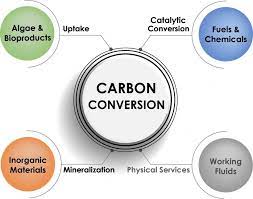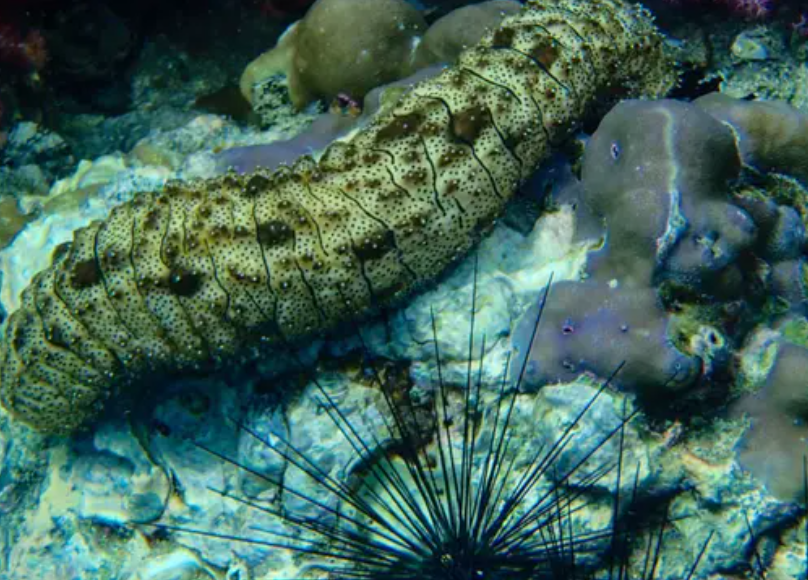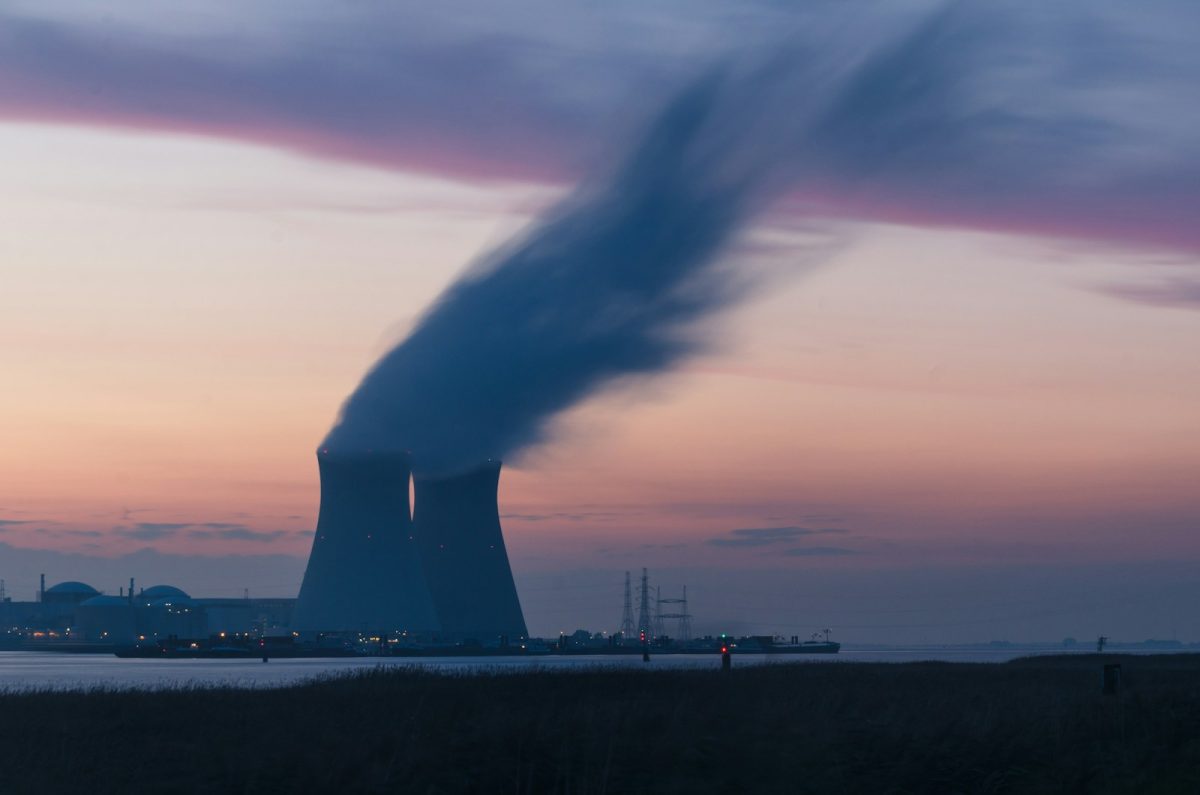
We all know that climate change is a growing problem in our society. Scientist are racing to find a solution. Carbon Conversion is the leading technology, and it could be able to greatly slow or even stop climate change. It is a technology that can harness carbon dioxide from the air and make it into chemicals, fuels, plastics, bioproducts, and building materials. This means we are removing carbon from the air, and also creating useful byproducts.
How Does Carbon Conversion Work?
There are three methods to harness carbon dioxide. The first is mineralization. To convert carbon dioxide into anything useful, it has to be converted into solid formate crystals. To do this, this technology uses an alkaline solution-based capture that can take CO2 from high and low concentration sources. It can take CO2 straight out of the air. It then is converted into the form of a liquid metal-bicarbonate solution. Then, a cation-exchange membrane electrolyzer, the bicarbonate is electrochemically converted into the solid formate crystals. These crystals have a carbon efficiency greater than 96 percent. They have an indefinite shelf life, meaning that they can be stored for years with little to no loss. They are also extremely safe compared to hydrogen and methane storage. Methane and hydrogen are both extremely dangerous if they are leaked, but formate crystals are completely safe.
The second way is uptake. This uses algal systems to take CO2 from the air. It then takes the biomass that is created and can turn it into bioproducts. It uses both macro and microalgae in both outdoor water sources and indoor photobioreactors. These algae can consume the CO2 that would otherwise be released into the atmosphere.
The final way is catalytic conversion. This method can be used many different ways. It can use electrochemical, thermochemical, plasma-assisted, microbially mediated, and photochemical approaches. Most of these require catalysts or integrated processes to help lower the energy needed by these systems. With this pathway, carbon from waste can be transformed into synthetic fuels, plastics, chemicals, and solid carbon products like carbon fiber. This currently requires complex systems with lots of chemical synthesis steps.
What Can It Be Made Into?
By using all of these methods, many economically useful bioproducts are created. These can be fuels, chemicals, plastics, building materials, food, and other specialty products. It can make carbon fiber as well, which is a strong and useful material.
All in all, carbon conversion can both help remove carbon dioxide from the air and can make useful products. It could be the solution to climate, and it will also benefit the economy. Carbon Conversion is our future.
Related Stories:
https://carbonconversions.com/
https://www.energy.gov/fecm/carbon-conversion
https://news.mit.edu/2022/turning-carbon-dioxide-valuable-products-0907
https://netl.doe.gov/carbon-management/carbon-conversion
https://www.energy.gov/fecm/carbon-dioxide-removal-and-conversion
Take Action:
https://blog.boomerangapp.com/2023/11/2023-call-for-proposals/





